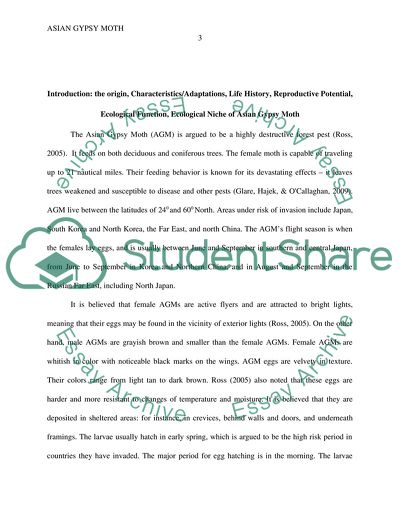Cite this document
(Asian Gypsy Moth Report Example | Topics and Well Written Essays - 1500 words, n.d.)
Asian Gypsy Moth Report Example | Topics and Well Written Essays - 1500 words. https://studentshare.org/biology/1779533-asian-gypsy-moth
Asian Gypsy Moth Report Example | Topics and Well Written Essays - 1500 words. https://studentshare.org/biology/1779533-asian-gypsy-moth
(Asian Gypsy Moth Report Example | Topics and Well Written Essays - 1500 Words)
Asian Gypsy Moth Report Example | Topics and Well Written Essays - 1500 Words. https://studentshare.org/biology/1779533-asian-gypsy-moth.
Asian Gypsy Moth Report Example | Topics and Well Written Essays - 1500 Words. https://studentshare.org/biology/1779533-asian-gypsy-moth.
“Asian Gypsy Moth Report Example | Topics and Well Written Essays - 1500 Words”. https://studentshare.org/biology/1779533-asian-gypsy-moth.


